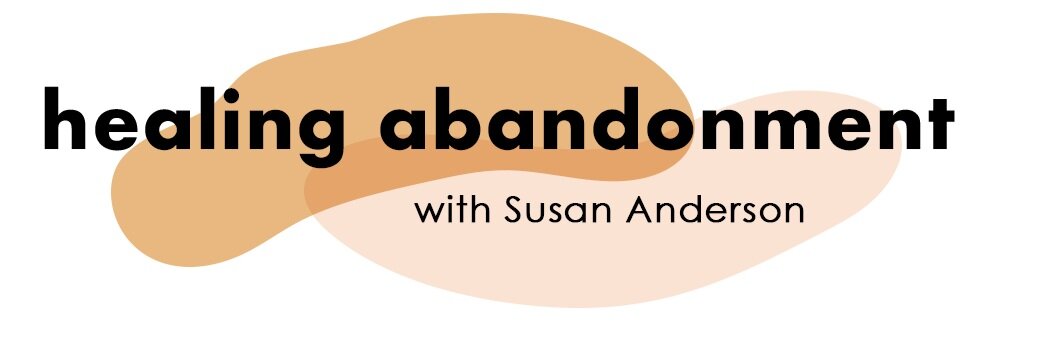San Quentin Prison: An Outer-Child Repository
I traveled to California to meet with the prisoners at San Quentin—all “lifers” experiencing the ultimate consequence of Outer-Child behavior. My purpose was to add Outer Child / Abandonment components to programs that help them transition their lives—even if those lives are lived behind bars.
I was apprehensive about what impact the environment would have on me. San Quentin has the country’s largest death row (150 years of executions by hanging, gassing, and recently lethal injection). It turned out to be mind-bending, but not in the way I expected.
The men I met with were those involved in the prison’s ongoing personal growth programs. What struck me immediately was that they were already in advanced stages of “Outer-Child awareness” and “Abandonment Recovery.” The men told me about the serious crimes they’d committed, where they were coming from emotionally, and what character defects and misguided “male role beliefs” had led them to act out so destructively. They’d committed these crimes during their teenage years, and hopped up on drugs and alcohol. This is when Outer Child grabs control, follows through on impulses of the pack, anesthetizes pain by excessive bingeing, and can act out with depraved indifference to consequences.
In discussing their lives with me, these men displayed a level of transformation beyond anything I’ve encountered on the outside. It’s possible that a few of them were Outer Children disguising themselves as self-reckoning Adults. Outer Child, after all, is adept at “talking the talk” to avoid having to “walk the walk.” But there was genuine sentiment here: soul-touching transcendence.
The special conditions of prison life, coupled with the quality programs unique to San Quentin, must no doubt account for the men’s transformation. Prison is a contained environment—a laboratory where humans are routinely punished, rewarded, reinforced, conditioned, modified—a place where men are kept “off the street,” away from the distractions of the outside world, where they become subject to controlled variables, i.e. “time” heavily laden with consequence, structure, accountability, and community (most prisoners are never alone or on their own). What better environment for trying out new technologies of personal growth and rehabilitation?
Only a small percentage of men participate in San Quentin’s exemplary programs, yet this sparse community of support and outreach is enough to slowly change the culture of the prison, creating momentum that inspires more and more men to move forward toward productive lives.
PS: I have created a series of videos that take you step-by-step through the 5 Akēru exercises and other life-changing insights of the Abandonment Recovery Program.
Whether you’re experiencing a recent break-up, a lingering wound from childhood, or struggling to form a lasting relationship, the program will enlighten you, restore your sense of self, and increase your capacity for love and connection.
